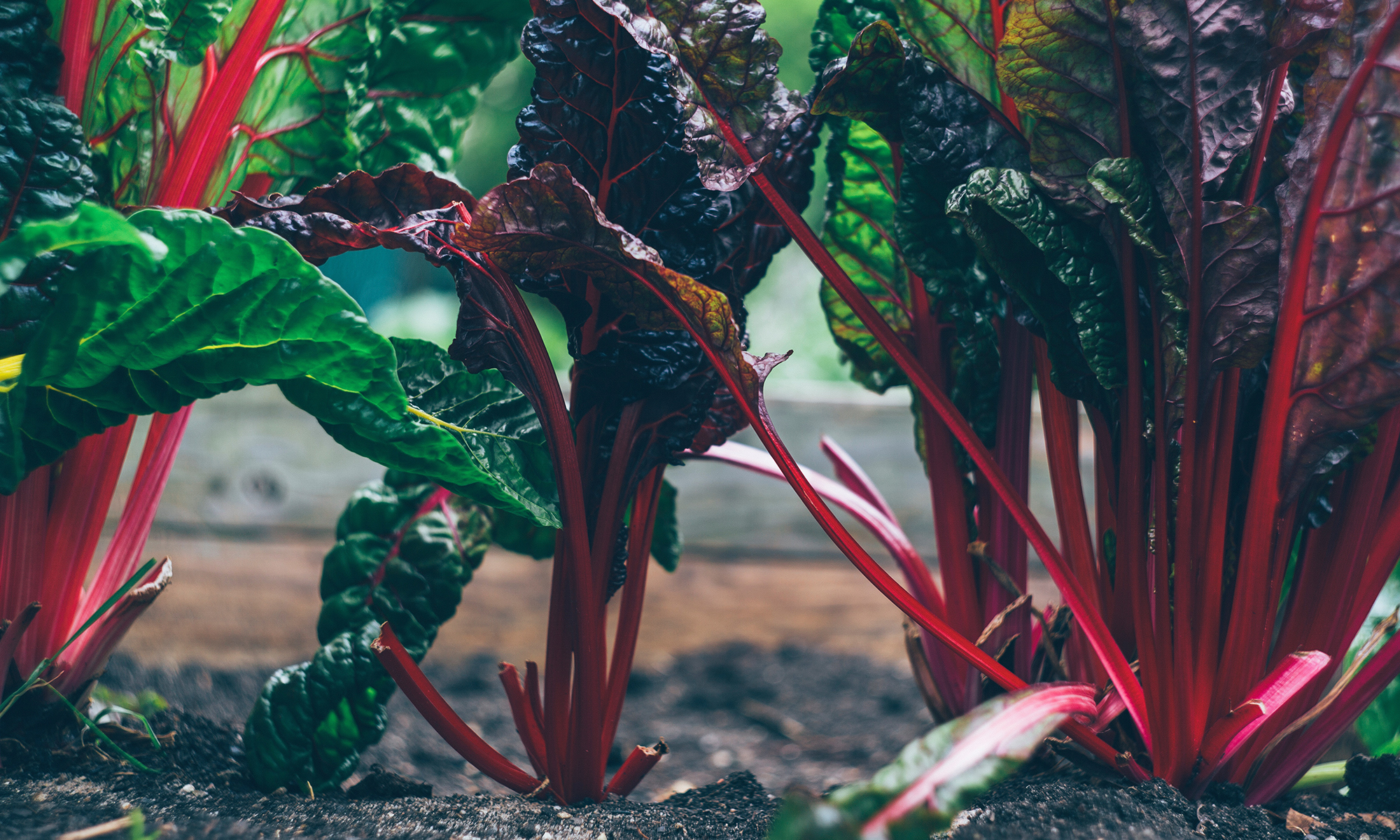I shudder to say this, but I’m in a tomato rut. I know I’ll be horrified in February that I could even have such thoughts.
I know, I know… basil and tomatoes are the quintessential food pairing. And this year, both have benefited from the sweltering summer heat. But after weeks of tomatoes and basil, I need to shake it up. Mint and Tomatoes is also a Mediterranean combination with roots closer to Turkey than Italy.
As I thought about dinner last night, I started with mint as my canvas to paint on flavors. Zucchini and bacon came to mind, as did a favorite, Trout with Mint and Bacon.
A simple meal to be sure, but full of bright flavors.
Black Sea Bass with Tomatoes, Mint and Bacon
2 black sea bass filets
1 slice bacon, chopped
1 small onion, chopped
2 cloves garlic, chopped
¼ cup mint leaves
Lemon
1 – 2 tomatoes, sliced
Canola oil or butter
Salt and pepper to taste
1. Season fish with salt and pepper
2. In a large skillet, add bacon. Turn heat to medium and cook until bacon releases its fat and begins to crisp. Add the onions and garlic and cook until they are soft. Remove from pan.
3. Drain all but a thin layer of bacon grease from the pan. Add a little fresh oil or butter, and return the pan to high heat. Sear the fish for 4 minutes on the flesh side. Turn over and continue cooking for 1 minute on the skin side.
4. Remove from pan and serve with a heavy squeeze of lemon juice, a sprinkle of mint and slices of tomatoes. Sprinkle bacony-goodness on top.













